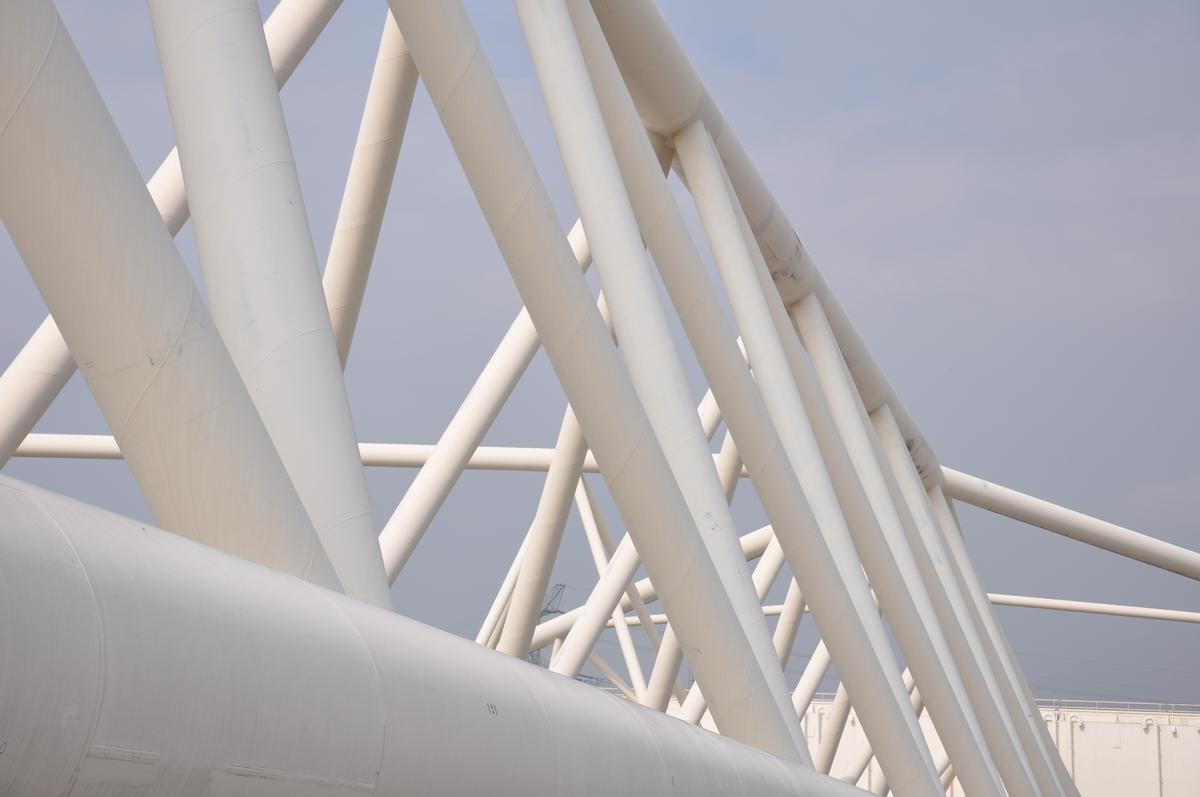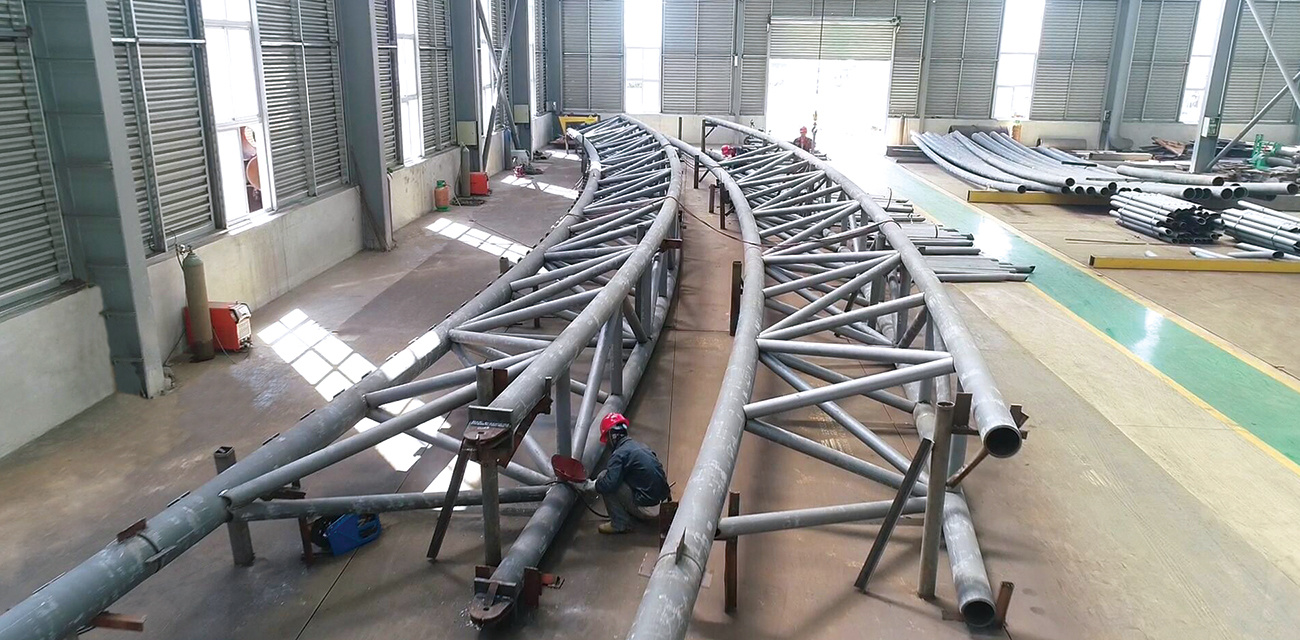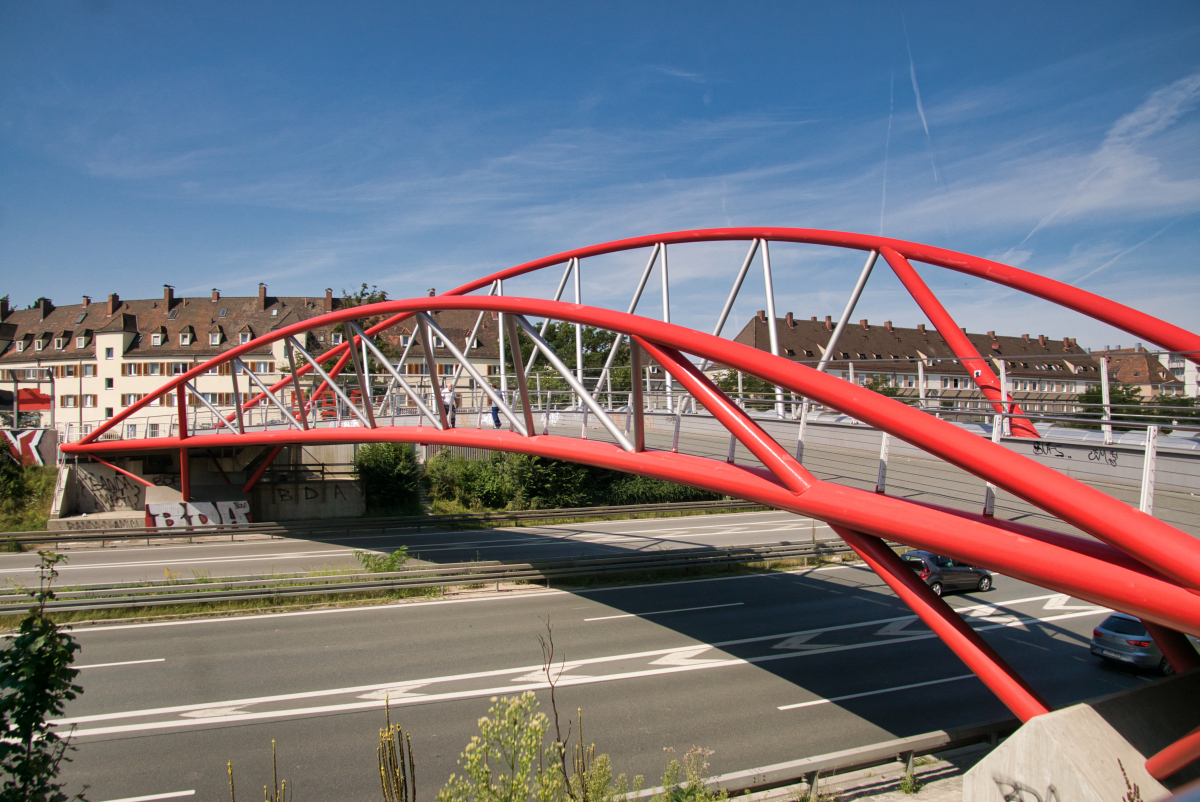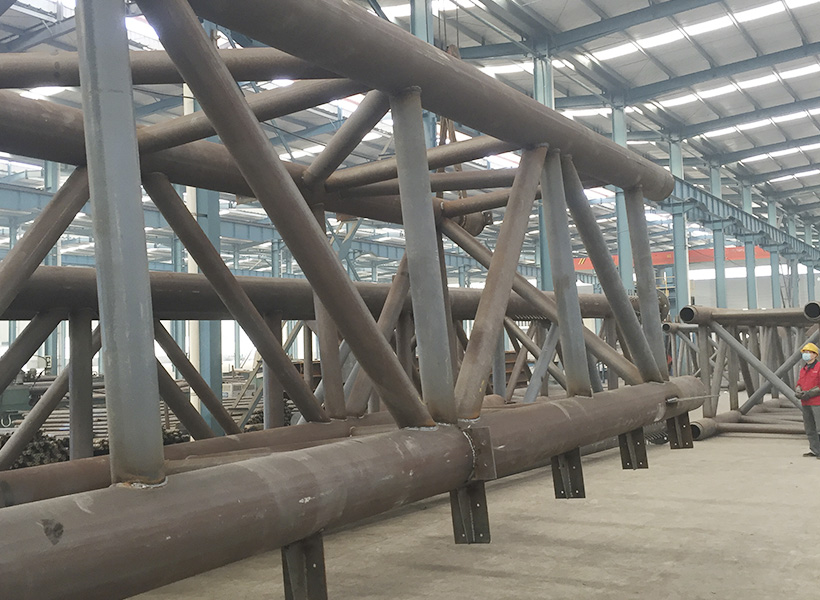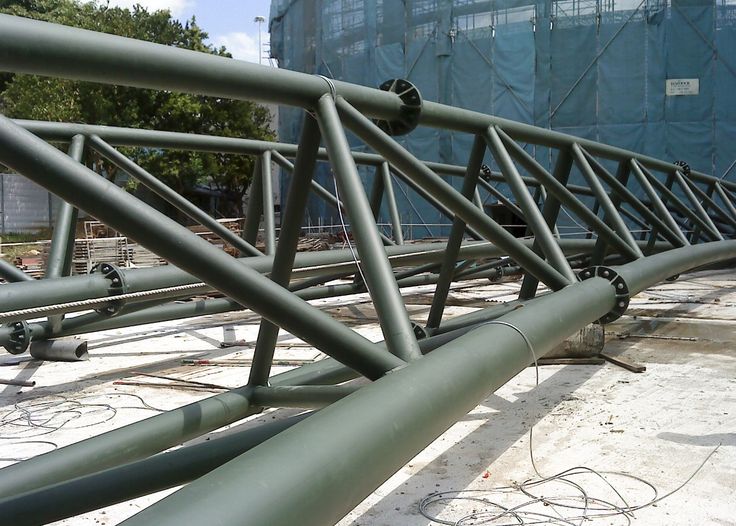Cold-Bent and Hot-Bent Carbon Steel Pipe Truss
Introduction
In the world of construction and engineering, carbon steel pipe trusses are fundamental components used to create strong, lightweight structures. These trusses can be fabricated using either cold-bending or hot-bending techniques, each offering unique advantages and challenges. This comprehensive exploration delves into the characteristics, applications, and differences between cold-bent and hot-bent carbon steel pipe trusses, providing insights into their use in modern construction.
1. Understanding Carbon Steel Pipe Trusses
1.1 Definition and Purpose
- Carbon Steel Pipe Trusses: These are structural frameworks composed of interconnected carbon steel pipes, forming a rigid structure. Trusses are used to support roofs, bridges, towers, and other structures, providing stability and strength while minimizing material usage.
- Purpose: The primary purpose of using pipe trusses is to create a lightweight yet strong framework that can span large distances without the need for intermediate supports. This makes them ideal for applications where open space is a priority.
1.2 Material Properties
- Carbon Steel: Known for its strength, ductility, and affordability, carbon steel is a popular choice for trusses. It can be alloyed with other elements to enhance specific properties, such as corrosion resistance or strength.
- Pipe Characteristics: The pipes used in trusses are typically hollow, reducing weight while maintaining strength. The diameter and wall thickness are chosen based on the load requirements and span length.
2. Cold-Bent Carbon Steel Pipe Trusses
2.1 Cold-Bending Process
- Technique: Cold-bending involves shaping the steel pipes at room temperature using mechanical force. This is typically done with a bending machine that applies pressure to the pipe, causing it to bend to the desired angle.
- Advantages:
- Cost-Effective: Cold-bending is generally less expensive than hot-bending, as it requires less energy and simpler equipment.
- Precision: The process allows for precise control over the bend angle and radius, making it suitable for applications requiring tight tolerances.
- Surface Finish: Cold-bending preserves the surface finish of the pipes, reducing the need for additional finishing processes.
- Limitations:
- Material Limitations: Cold-bending is limited to materials with sufficient ductility to prevent cracking or deformation during bending.
- Stress Concentrations: The process can introduce residual stresses and potential weak points in the material, which may affect performance under load.
2.2 Applications
- Architectural Structures: Cold-bent trusses are often used in architectural applications where aesthetics and precision are important, such as in canopies and decorative frameworks.
- Industrial Use: They are also used in industrial settings where cost and precision are priorities, such as in conveyor supports and equipment frames.
3. Hot-Bent Carbon Steel Pipe Trusses
3.1 Hot-Bending Process
- Technique: Hot-bending involves heating the steel pipes to a temperature where they become pliable, then shaping them using a bending machine or manually. The heat allows for greater deformation without cracking.
- Advantages:
- Material Flexibility: Hot-bending can accommodate a wider range of materials, including those with lower ductility.
- Reduced Stress: The process reduces residual stresses and potential weak points, resulting in a more uniform and reliable structure.
- Complex Shapes: Hot-bending allows for the creation of more complex shapes and larger bend radii, expanding design possibilities.
- Limitations:
- Cost: The process is generally more expensive due to the energy required for heating and the need for specialized equipment.
- Surface Finish: The high temperatures can affect the surface finish, potentially requiring additional finishing processes.
3.2 Applications
- Heavy-Duty Structures: Hot-bent trusses are ideal for heavy-duty applications where strength and reliability are critical, such as in bridges and large-span roofs.
- Marine and Offshore: They are also used in marine and offshore structures where exposure to harsh environments demands robust materials and construction techniques.
4. Comparative Analysis
4.1 Strength and Performance
- Cold-Bent Trusses: While generally strong, cold-bent trusses may have localized stress concentrations that can affect performance under certain conditions.
- Hot-Bent Trusses: These trusses offer more uniform strength and are less prone to stress-related issues, making them suitable for demanding applications.
4.2 Cost and Efficiency
- Cold-Bent Trusses: More cost-effective for projects with tight budgets and less demanding performance requirements.
- Hot-Bent Trusses: Higher initial cost but potentially lower long-term maintenance costs due to their enhanced durability and performance.
4.3 Design Flexibility
- Cold-Bent Trusses: Suitable for simpler designs with precise requirements.
- Hot-Bent Trusses: Offer greater design flexibility, allowing for more complex and innovative structures.
5. Innovations and Future Trends
5.1 Advanced Materials
- High-Strength Alloys: The development of new carbon steel alloys with enhanced properties could expand the applications of both cold-bent and hot-bent trusses.
- Composite Materials: Integrating composite materials with steel trusses could offer improved performance and reduced weight.
5.2 Automation and Technology
- Automated Bending Machines: Advances in automation could increase the efficiency and precision of both cold-bending and hot-bending processes.
- Computer-Aided Design (CAD): Enhanced CAD software allows for more complex and optimized truss designs, improving performance and reducing material usage.
Conclusion
Cold-bent and hot-bent carbon steel pipe trusses each offer unique advantages and are suited to different applications. Understanding their characteristics and limitations is essential for selecting the right truss type for a given project. As technology and materials continue to evolve, the capabilities and applications of these trusses will expand, offering new possibilities in construction and engineering. If you have any more questions or need further details, feel free to ask!

